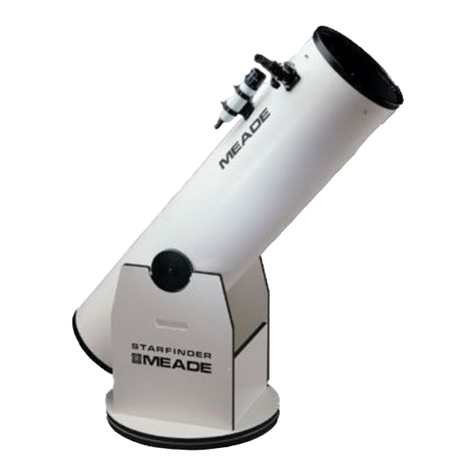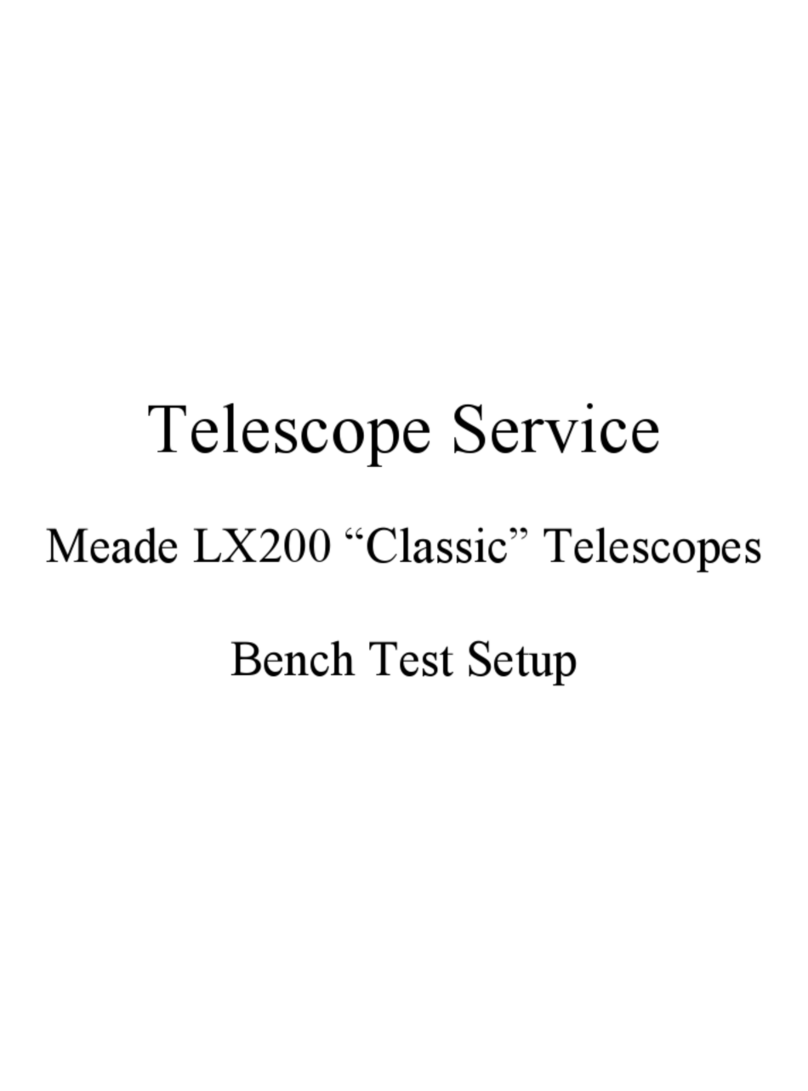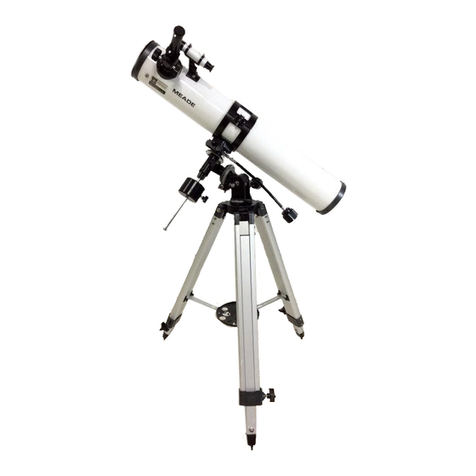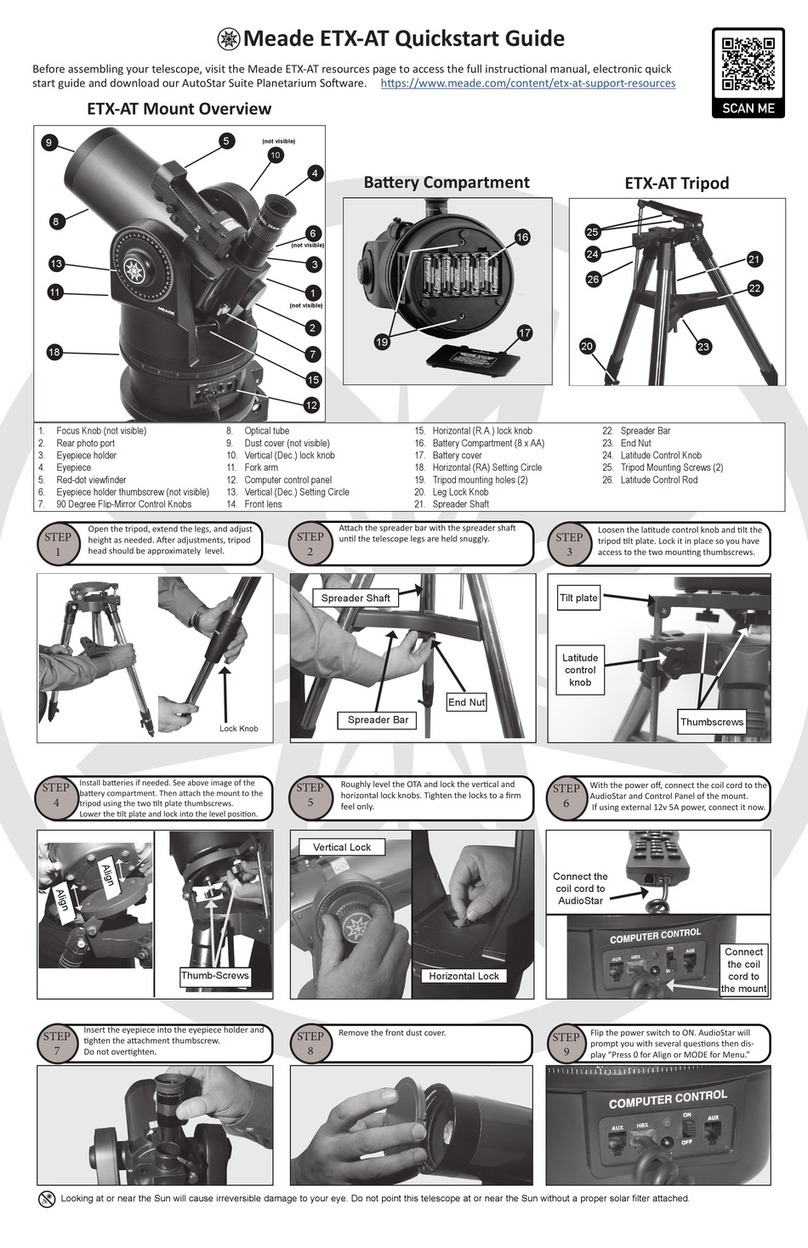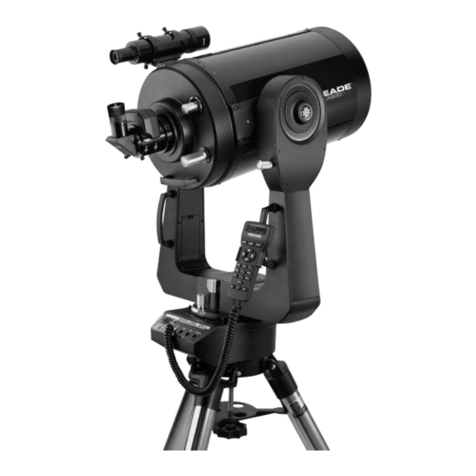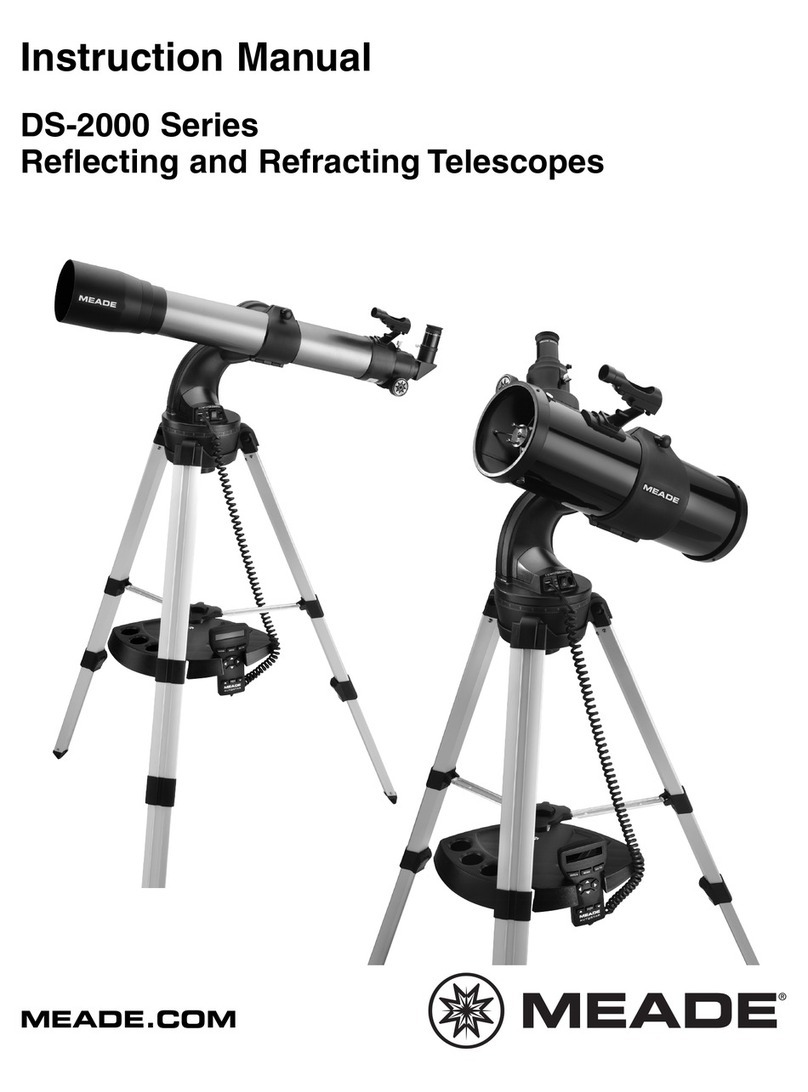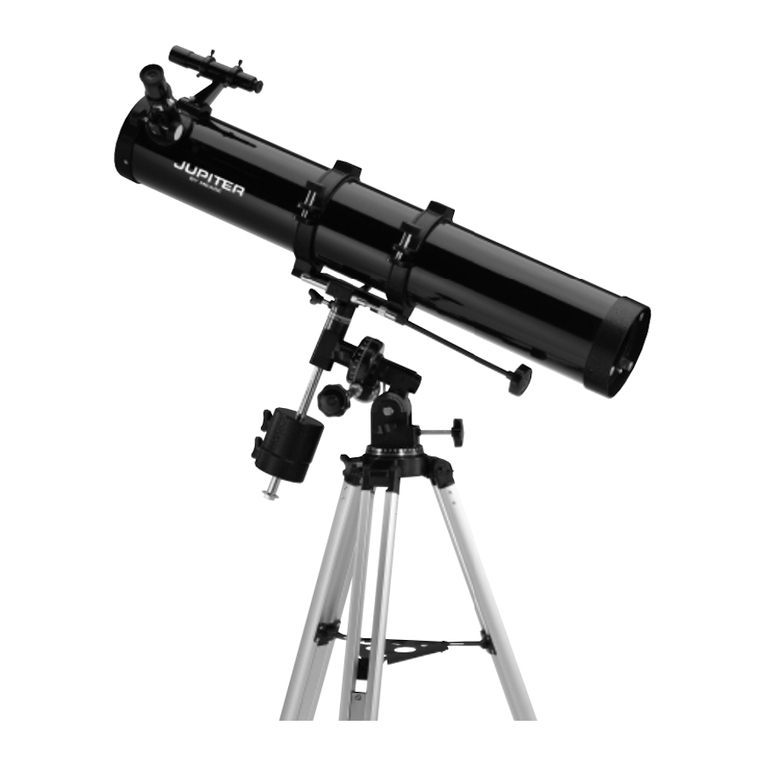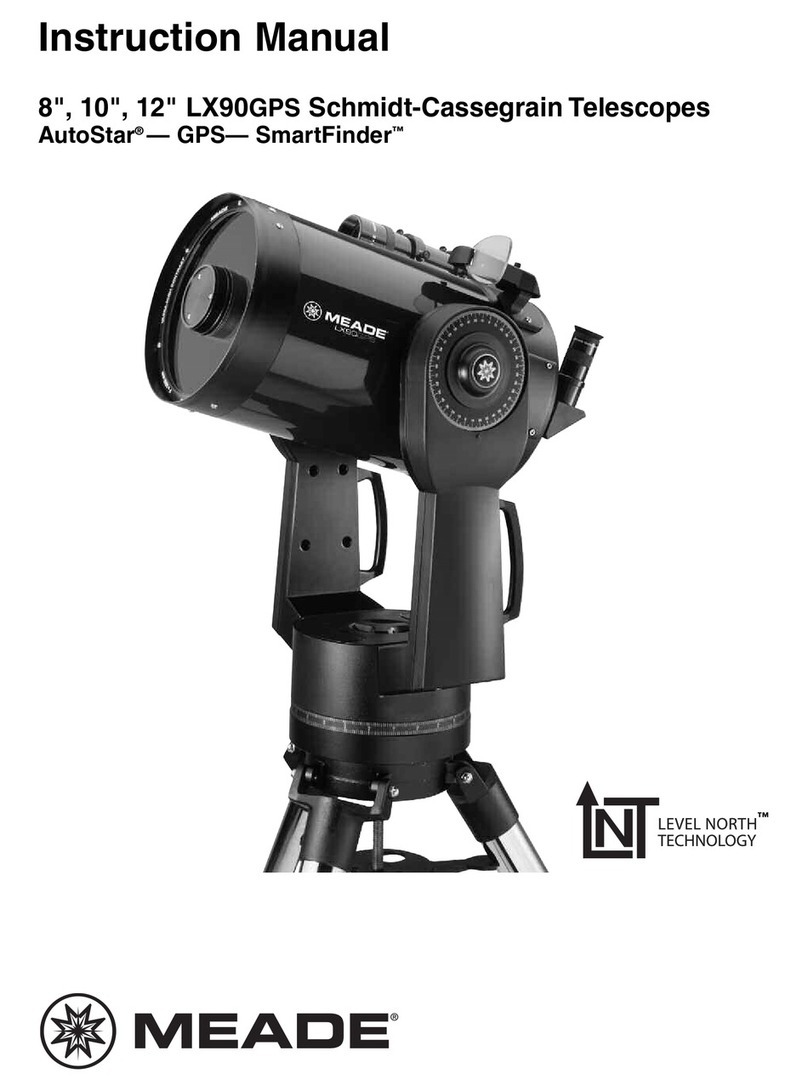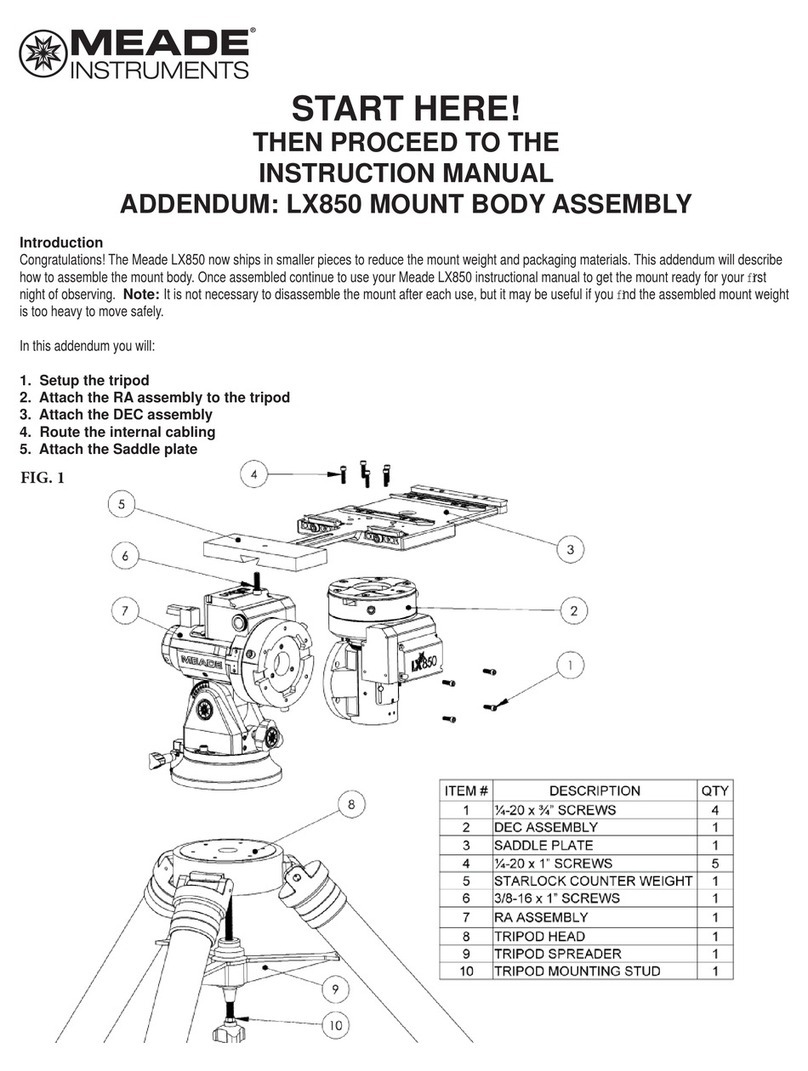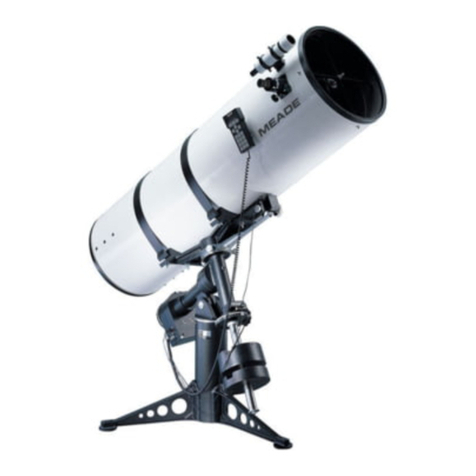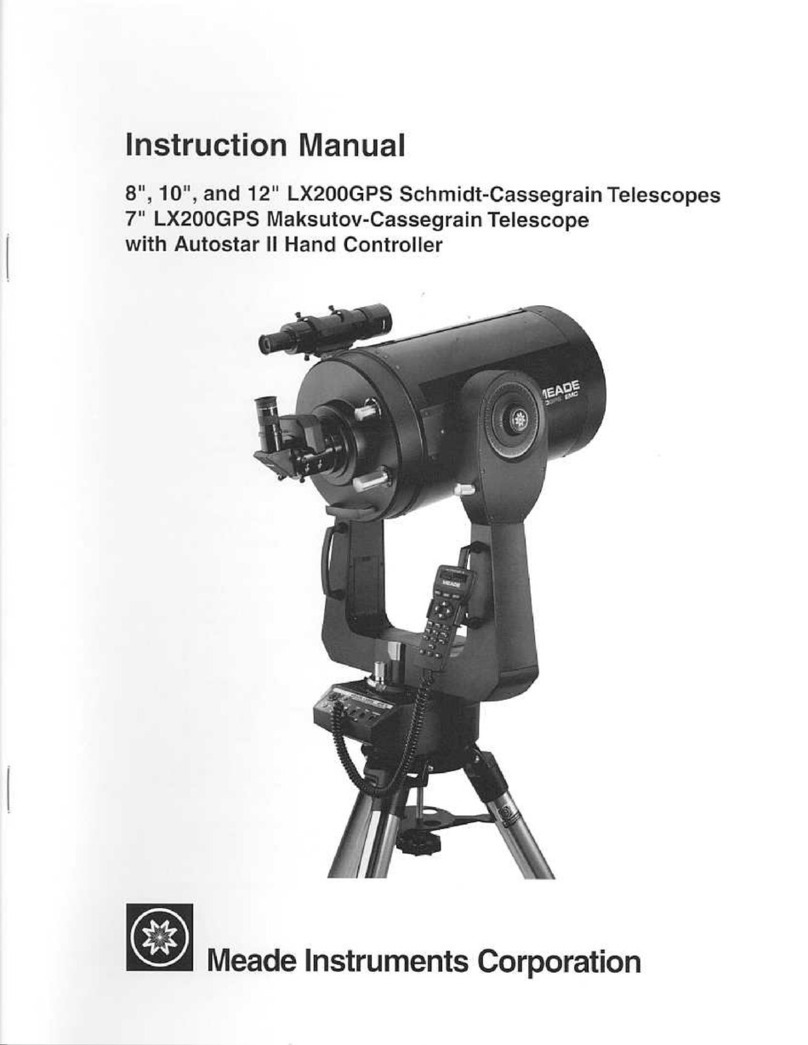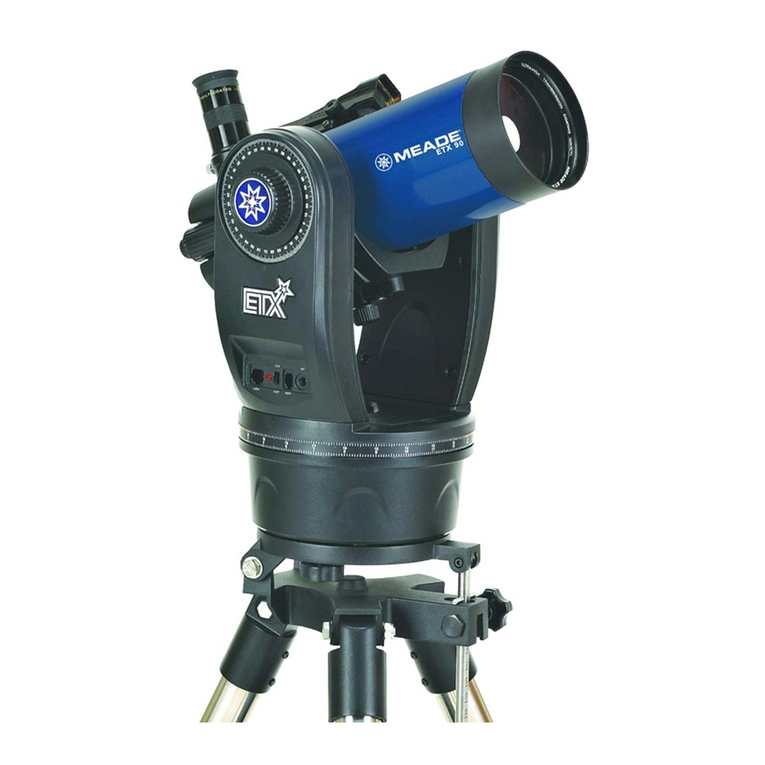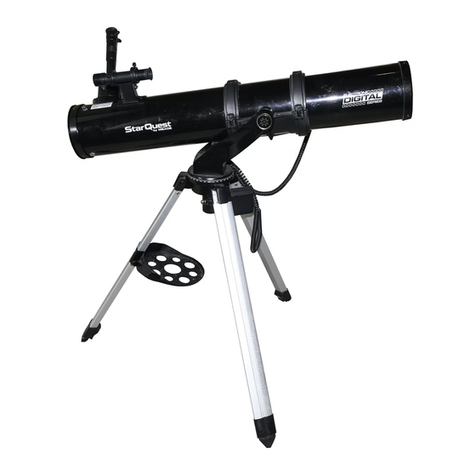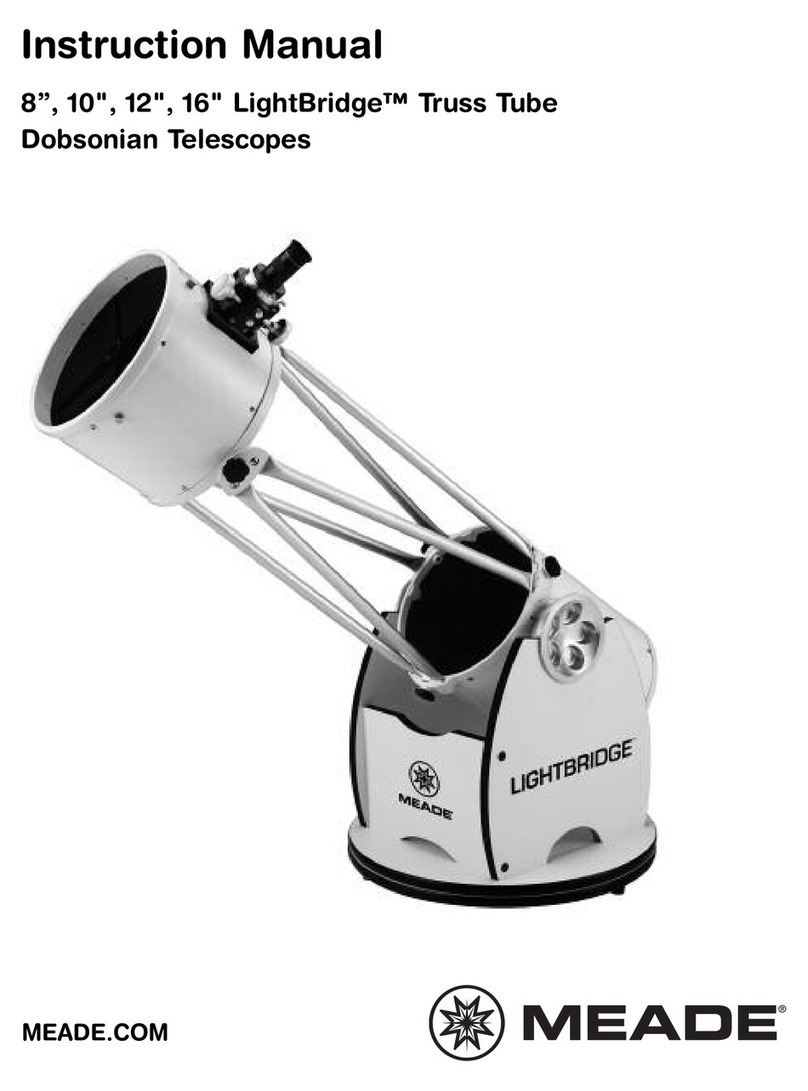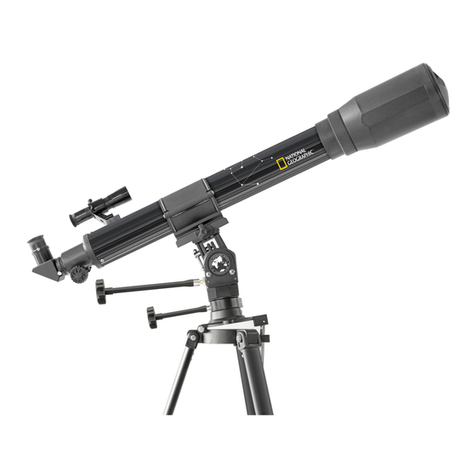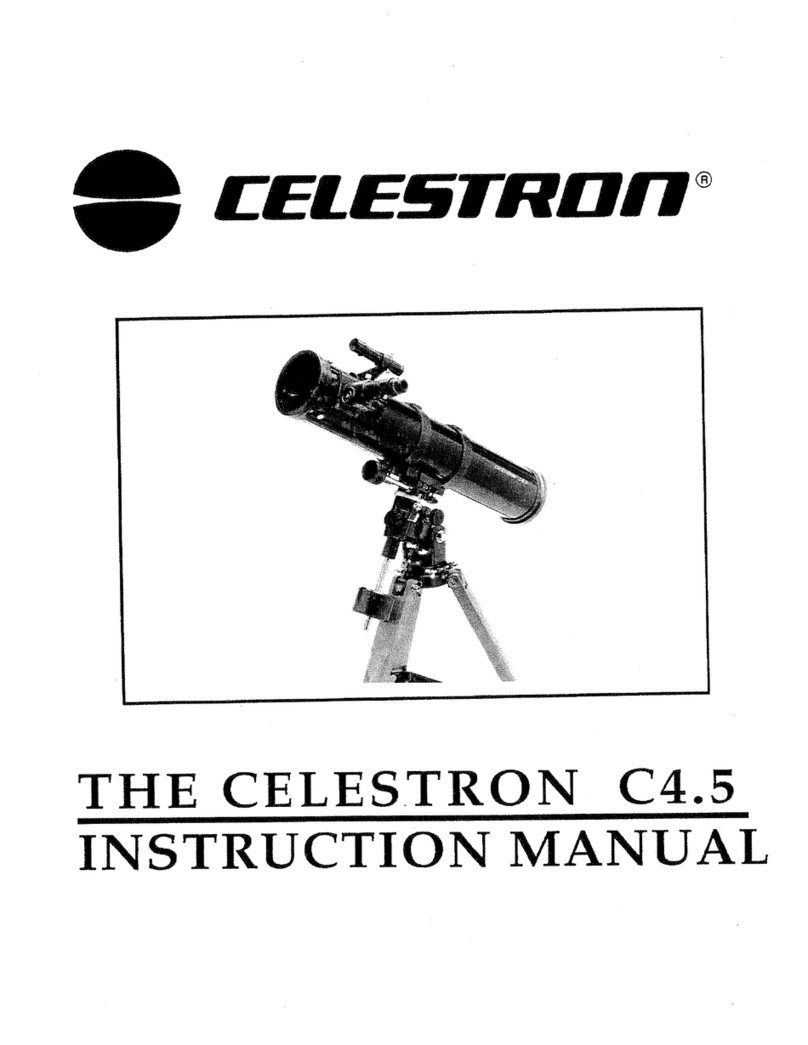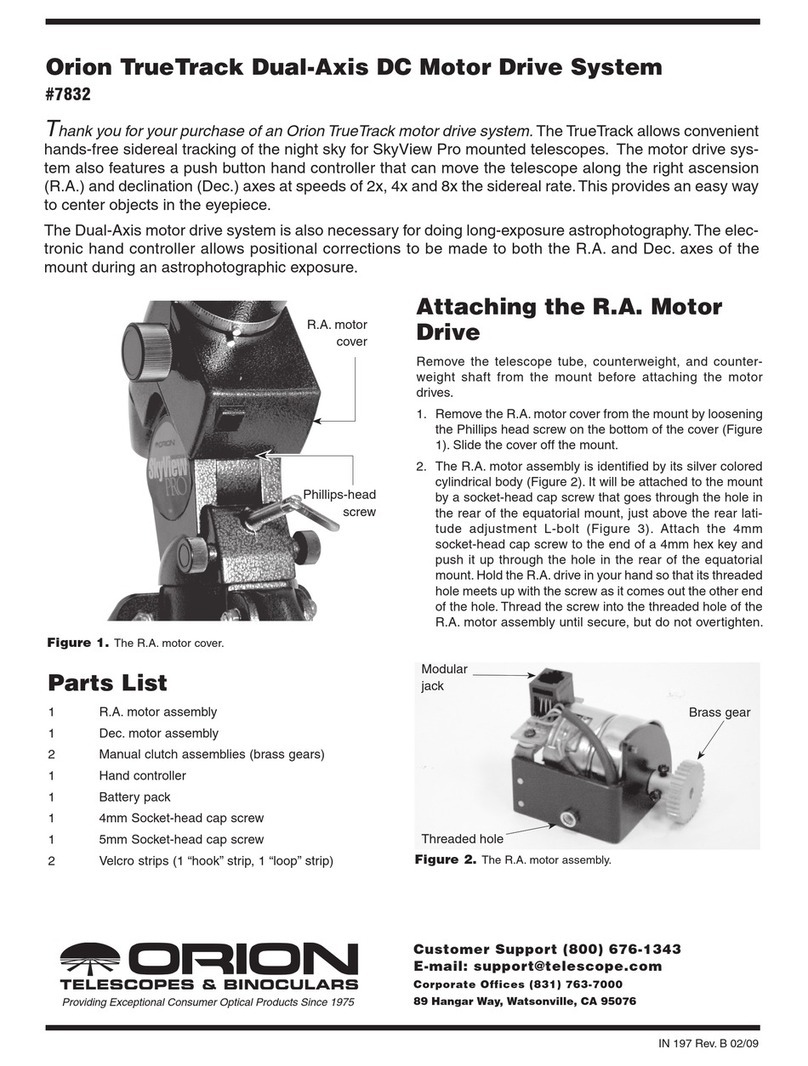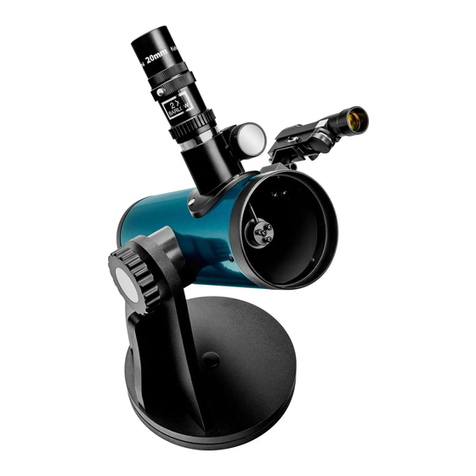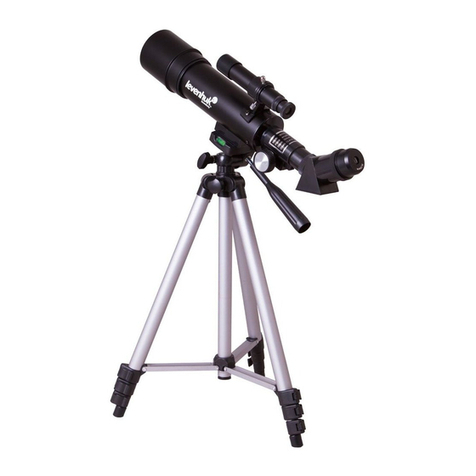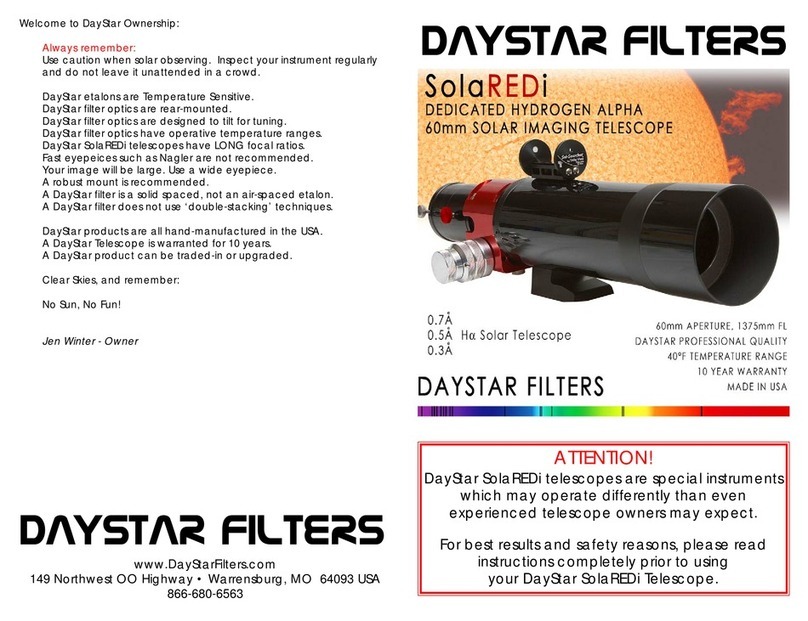Analogous to the Earth-based coordinate system of latitude and lOngitude, Celestial objects are mapped
according to a coordinate system on the "Celestial sphere," the imaginary sphere on which all stars appear to
be placed. The Poles of the celestial coordinate system are defined as those points where the Earth's
rotation axis, if extended to infinity, North and South, intersects the Celestial sphere. Thus, the North
Celestial Pole is the point in the sky where an extension of the Earth's axis through the North Pole intersects
the Celestial sphere.In fact, this point
in
the sky is located near the North Star, or Polaris.
On the surface of the Earth, "lines of longitude" are drawn between the North and South Poles. Similarly,
"lines of latitude" are drawn in an East-West direction, parallel to the'Earth's equator. The Celestial equator
is simply an extension of the Earth's equator onto the Celestial sphere. Just as on the surface of the Earth,
imaginary'lines have been drawn on the Celestial sphere to form a coordinate grid. Celestial object positions
are mapped on this grid, in the same manner as positions on the Earth's surface are specified by their
latitude and longitude.
The Celestial e.quivalentto Earthly latitude is called "Declination," aild it is measured in degrees, minutes,
and seconds north ("+") or south ("-") of the Celestial equator. Thus any point on the Celestial equator
(which passes, for example, through the constellations Orion, Virgo, and Aquarius) is specified as having
0° 0', 0" Declination. The Declination of the star Polaris, located very near the North Celestial Pole, is +89.2°.
The Celestial equivalent to Earthly longitude is called "Right Ascension," or "R.A.," and it is measured in
hours, mif')utes,and seconds from an arbitrarily defined "zero" line of RA passing through the constellation
Pegasus. Right Ascension coordinates range from Ohr,Omin,Osecto (but not including) 24h, Om,Os. Thus
there are 24 primary lines of RA, located at 15° intervals along the Celestial equator. Objects located
further and further east of the prime (Ohr,Om,Os)Right Ascension grid line carry increasing R.A. coordinates.
With all Celestial objects therefore capable of being specified in position by their Celestial coordinates of
Right Ascension and Declination, the task of finding objects (inparticulai, faint objects) in the telescope is
vastly simplified.
The setting circles of the instrument may be dialed, in effect, to read the object coordinates and the desired
object can be found without resorting to visual techniques. However, these setting circles may be used to
advantage only if the telescope is first properly aligned to the North Celestial Pole (Section F).
The setting circles (11 and 21, Fig 1) of the telescope may be used to aid in the location of faint objects
difficult to find by direct visual observation. Application of the s.etting circles presumes that the polar
alignment procedure of Section F, above, has been perfonned. To use the setting circles, follow this
procedure:
1. Note the Right Ascension (RA) and Declination (DEC) of the object you wish to find.
2. Look up in a star atlas or catalog a bright easy-to-find object of known RA and DEC, positioned closely in
the sky to the object you wish to locate. This bright object should typically be within 1 hour of RA and 10° in
DEC of the object to be located.
3. With the telescope's motor drive in operation, point the telescope at the bright object; center and focus
this object in the telescope's field of view.
4. Use the hex wrench provided to loosen the DEC setting circle {1e, Fig 1); turn the circle until it reads the
correct Declination of the object centered in the telescope's field of view. Re-Iock the DEC circle in position.
Note that this calibration procedure need only performed once - the very first time you use your telescope's
setting circles; with the DEC circle thus calibrated it will correctly reC'dthe Declination of any object centered
in the telescope in the future.
5. To calibrate the RA circle, again keeping the bright object centered in the telescope's field, turn the RA
circle (21, Fig 1) by hand (without movingthe telescope) to read the GorrectRA of the bright object.
